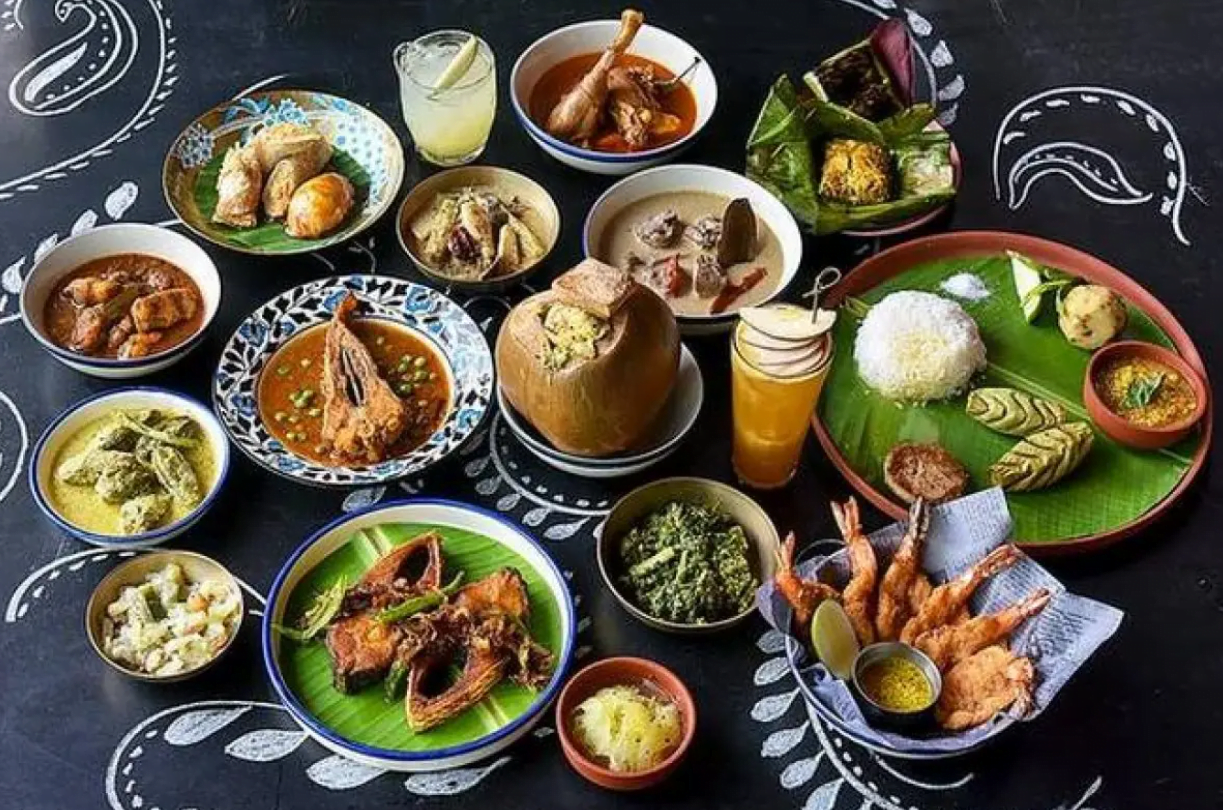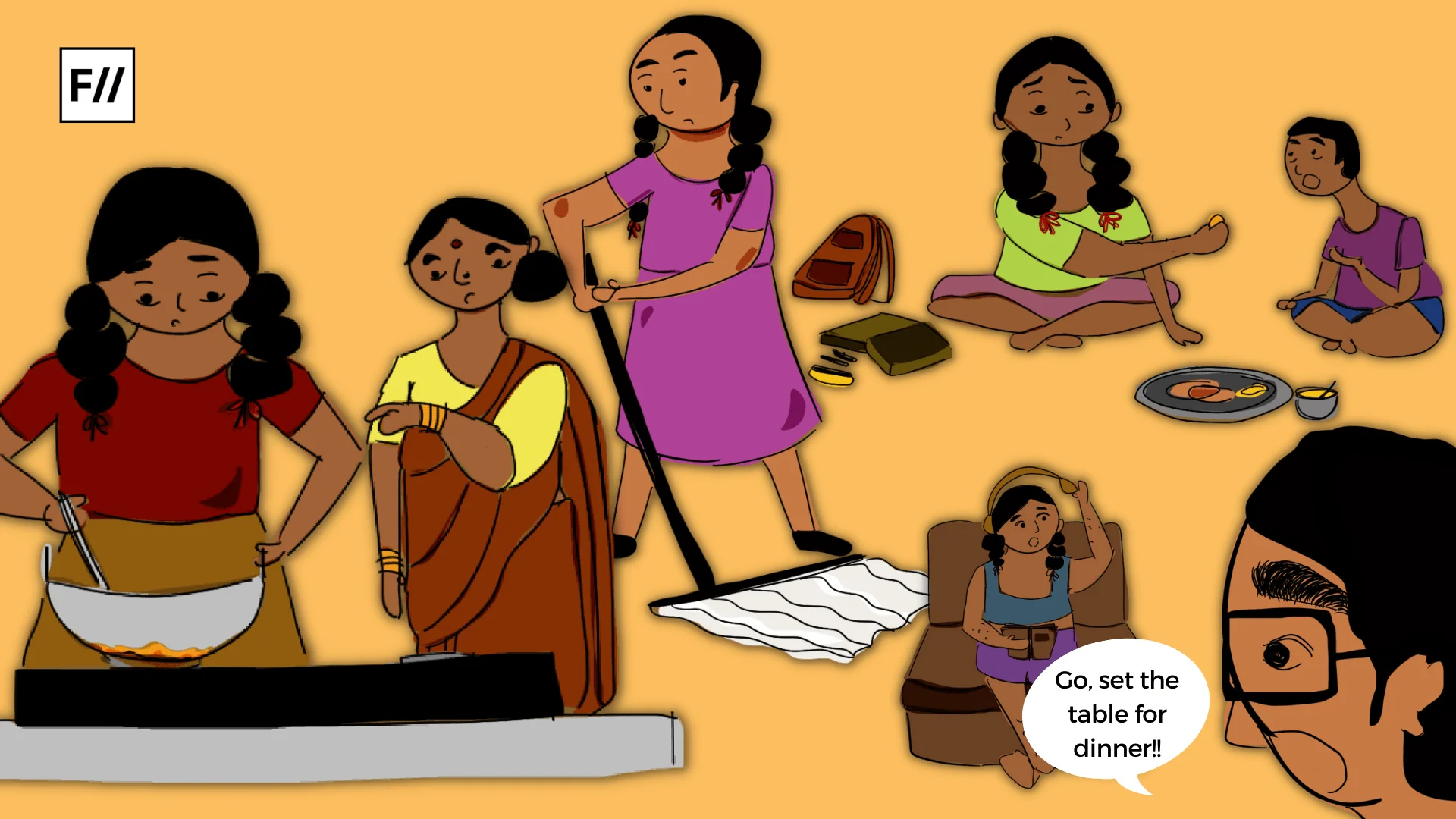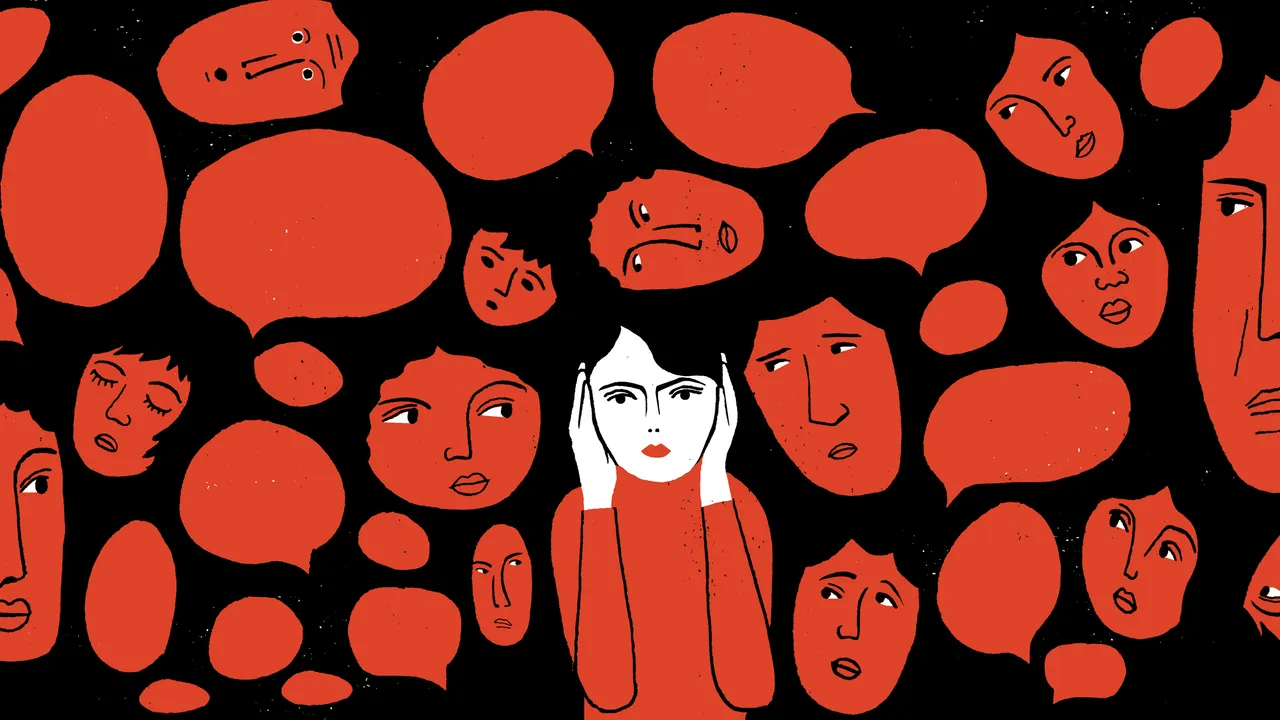The Bengal Renaissance while introducing neoclassical ideologies, also paradoxically reinforced the divide between private and public spheres for women. This limited the avenues for female emancipation, offering a carefully controlled form of liberation. In this context, Pragyasundari Devi’s choice of culinary arts as a creative outlet becomes particularly intriguing. It marks a significant departure from the traditional modes of expression employed by feminist thought, if any, at the time.
Utsa Ray writes in her work that the Bengali Hindu middle class, shaped by colonial interactions, embraced new culinary practices while simultaneously clinging to a romanticised notion of traditional, abundant, and home-cooked food. This cuisine served as a key element in constructing their refined middle-class identity, setting them apart from both the peasantry and the Europeans. Notably, they believed only women could produce this refined cuisine. This transcended the concept of maintaining ritual purity in the kitchen, as proposed by Jack Goody.
Ray goes on to state that, for the Bengali middle class, women’s cooking was imbued with an intangible quality – love and affection – that male cooks and servants were supposedly incapable of replicating. Therefore, women since the writing of the smritis have been prisoners of the notion of ‘sarva-guna-sampanna,’ and ‘Annapurna,’ and Bengali women were no different.
Interestingly, women’s involvement in food extended beyond the confines of the home. They actively participated in shaping culinary discourse by creating and sharing recipes, mirroring the activities of their male counterparts. The late 19th century witnessed a significant rise in recipe contributions by women. Ray mentions periodicals like Bamabodhini (1884), Mahila (1895), Paricharika, and Antahpur, often edited by middle-class Hindu women, which became platforms for these recipes.
Pragyasundari Devi, from the Tagore family, edited Punya (1897), a journal that featured a substantial section devoted to recipes. Pragyasundari’s approach, which treated cooking as an art form, sparked lively debates within these publications, resembling academic discourse.
Early life and influences shaping Pragyasundari
Born in 1884, Pragyasundari Devi, a niece to Rabindranath Tagore, received an English education with lessons in music and painting like all other Tagore women but unlike many women of her time, she chose to express her creativity within the culinary sphere, a traditional feminine space. Inspired by her father, who was a chemist, and her mother, who was a painter, she meticulously collected and perfected recipes throughout her life and documented them.
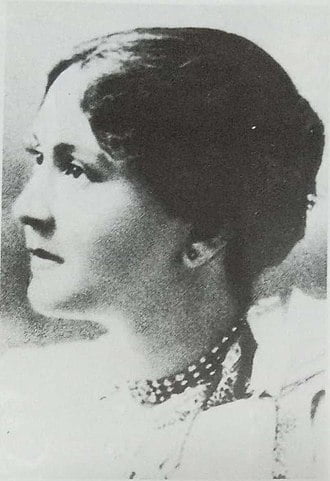
Although certain members of the Thakurbari like Hemendranath Tagore recognised her culinary talents and passion for cooking, her matrimony to Lakshminath Bezbaroa, a young writer who was to become the father of modern Assamese literature and, an avid food enthusiast acted as a catalyst for Pragyasundari to publish her recipes later on. She first began to think of the kitchen while serving as the first editor of Punya magazine.
Innovations by Pragyasundari
One of the most novel items in Pragyasundari’s feasts was the menu cards or kramani that were handed out to guests during the feasts and often enlisted several popular European gastronomic specialities. The menu cards also bear testament to the liberal politics pursued by the Tagores in the early twentieth century, as the inclusion of meats such as ham was quite unusual in a Bengali household in colonial India. The elaborate menu for vegetarian feasts was to be reflective of the artistic temperament of Pragyasundari while the non-vegetarian ones spoke volumes of her creative spirit.
Pragyasundari also flourished in her preparations of traditional Bengali food, as she created new dishes out of old recipes by altering their ingredients. Irona Bhaduri sees her as an inventor of dishes since most of the new recipes were named after her near and dear ones, such as ‘Dwarkanath Phirni pillau,’ or ‘Surabhi Kheer,’ named after her deceased daughter.
Pragyasundari’s writings also contained information regarding household remedies for children’s ailments, dietary restrictions for patients and code of sanitation and hygiene in the kitchen, most of this knowledge was devalued under the patriarchal regime.
On Rabindranth’s birthday, she prepared a sweetmeat with the most astonishing ingredient– a cauliflower– and named it ‘Kavi Sambardhana Barfi.’ Deb in her book ‘Women of the Tagore Household,’ writes of Pragyasundari’s creative touch to traditional European recipes and how she would often come up with many hybrid recipes born out of a fusion of European and Indian culinary operations such as bekti mayonnaise but also a lot of strange inventions like kheer made from onions and mock fish curry with curd.
Kshirodchandra Roychowdhury, the publisher of her cookbooks, testified to her cooking prowess. He recounted an unexpected visit to Pragya’s home where “There was nothing but milk at home. Within half an hour, Pragya prepared four-five types of dishes and served us. I could not make out how she could make curd out of the milk in such a short time. She said it could be done with China grass.” He marvelled at her ability and her secretive methods.
Documenting feminist knowledge: health and domestic science
Pragyasundari Devi curated an exhaustive repertoire of feminine knowledge, borrowing from age-old oral traditions inherited from her foremothers and her experience and innovations. Most of her recipes had a whiff of rural Bengal and her cookbook documented recipes for traditional Bengali dishes that were previously not recorded in a language exclusively employed by women within the bounds of the domestic space; something Bhaduri finds very unique.
Pragyasundari’s writings also contained information regarding household remedies for children’s ailments, dietary restrictions for patients and code of sanitation and hygiene in the kitchen, most of this knowledge was devalued under the patriarchal regime. She did not seek to establish herself as an expert on health and wellness; she only presented her opinions on diet and debility through a discourse that would not challenge the existing structures. Painfully aware of her limited access to public spaces, she eventually shelved her plans of writing a book on domestic science.
Pragyasundari’s publications: significance and legacy
Her innovations in the kitchen were extensively recorded in her three-volume work Aamish O Niramish Aahar, which provides a unique perspective on the ideas that existed in a nascent state during the Bengal Renaissance. Bhaduri opines that it was one of the earliest texts in the Bengali language that depicted the changing gender dynamics in colonial India and one of the first cookbooks written by a woman. She also mentions that Pragyasundari’s work delineates how the colonial influence slowly permeated the ‘sacred,’ space of the kitchen, as her culinary expertise consists of a large number of western dishes that were frequently served at the Tagore residence.
Over the years, Pragyasundari published two volumes of vegetarian and two volumes of non-vegetarian recipes, a book of Assamese recipes, and one final book that collected all manner of pickles and preserves.
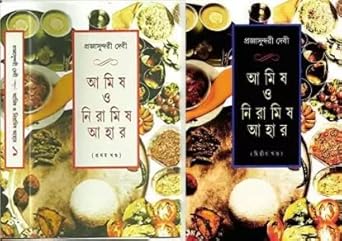
Whether it is her approach as a practical cook who wrote in Punya that “Spending a lot of money is no guarantee for good food” and mentioning prevailing rates of ingredients or utilising all parts of the ingredients, she represents the frugality, adaptability and resourcefulness of women in the domestic sphere.
Despite the obscure nature of her relationship with her bard uncle, Rabindranath, he had preserved a copy of Aamish O Niramish Aahar in his library, available even today. She carved out a niche for women in the culinary arts, blending domesticity and intellectual pursuit, one dish at a time.
References
- Bhaduri, I. (2019, January). The ‘New Women’ of the Tagore Ménage- Breaking Stereotypes and a Prolegomena to his Literature on Women. New Academia: An International Journal of English Language, Literature and Literary Theory, VIII(I), pp. 214-225. https://www.researchgate.net/publication/331830786_The_’New_Women’_of_the_Tagore_Menage-_Breaking_Stereotypes_and_a_Prolegomena_to_His_Literature_on_Women
- Banerjee, S. Kitchen Queens. (n.d.). The Telegraph. https://web.archive.org/web/20120602205123/http://www.telegraphindia.com/1120511/jsp/saltlake/story_15473869.jsp
- Deb, C. (2010). Women of the Tagore Household (S. Roy & S. Chowdhry, Trans.). Penguin Books India.
- Ray, U. (2009). Aestheticizing Labour: an Effective Discourse of Cooking in Colonial Bengal. South Asian History and Culture, 1(1), 60–70. https://doi.org/10.1080/19472490903387217
- Roy, D. (2017, October 8). Cooking with Pragyasundari: A woman of the Tagore household tells you how to make bhapa ilish. The Indian Express. Retrieved February 10, 2022, from https://indianexpress.com/article/lifestyle/books/cooking-with-pragyasundari-a-woman-of-the-tagore-household-tells-you-how-to-make-bhapa-ilish-4878079/
